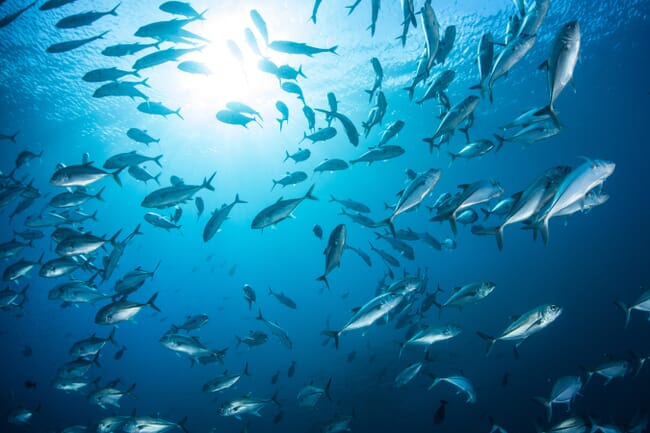
In the wake of a recently published report which breaks down the history and evolution of the sustainability metrics used to assess marine ingredients, the IFFO has commented on the review, seemingly showing support for the findings of the paper.
In the IFFO response, the marine ingredients organisation supports the notion of the report authors - that widely used environmental sustainability metrics such as FIFO (fish in : fish out), FFDR (forage fish dependency ratio), and FCR (feed conversion ratio) do not provide a true reflection of the sector’s impact. According to the IFFO comment, the authors of the review refute the validity of these metrics as they do not differentiate between the management status of fisheries.
The comment from the marine ingredients organisation pushes for the adoption metrics which suggest that, in some cases, the use of marine ingredients as feed is the best option to retain certain nutrients within the human diet.
“By feeding such resources to animals which go on to become our food, those nutrients ultimately still get transferred along the food-chain to us” notes Dr Brett Glencross, the lead author of the paper.
In order to achieve the outcome suggested by the review, the authors suggest the adoption of lifecycle assessments (LCAs) as the most robust and practical option for use as a shared metric system. Lifecycle assessment analyses consist of a holistic approach to measuring a material’s sustainability. For example, as part of the LCA process, the partitioning of impacts between co-products, such as meals and oils, needs to be considered when the flow of a material or energy is split along its life cycle.
“Using this framework, it becomes easier to understand the role that marine ingredients play in the aquaculture sector: they are being used more as strategic ingredients at key points in aquaculture production cycles, with a trend towards optimising their nutritional contributions, and ensuring we maximise the efficiency of their use,” said Glencross.




